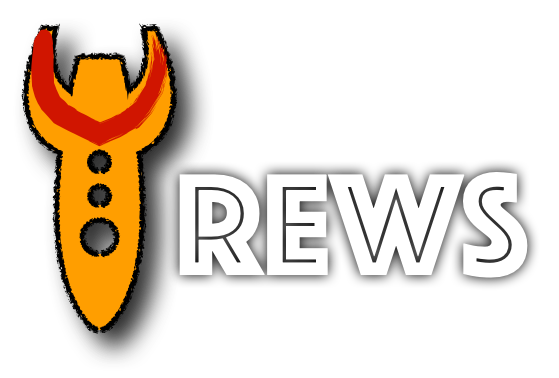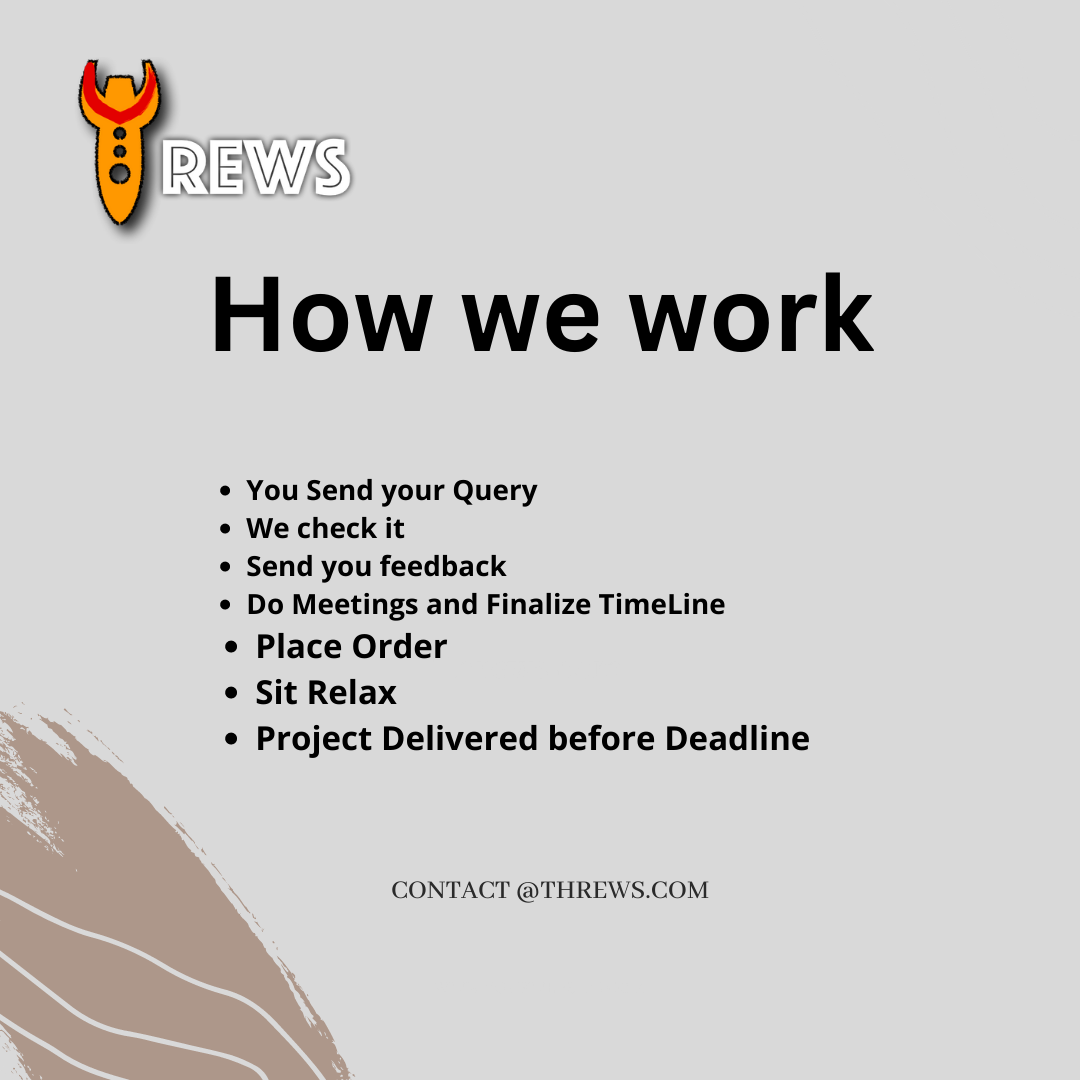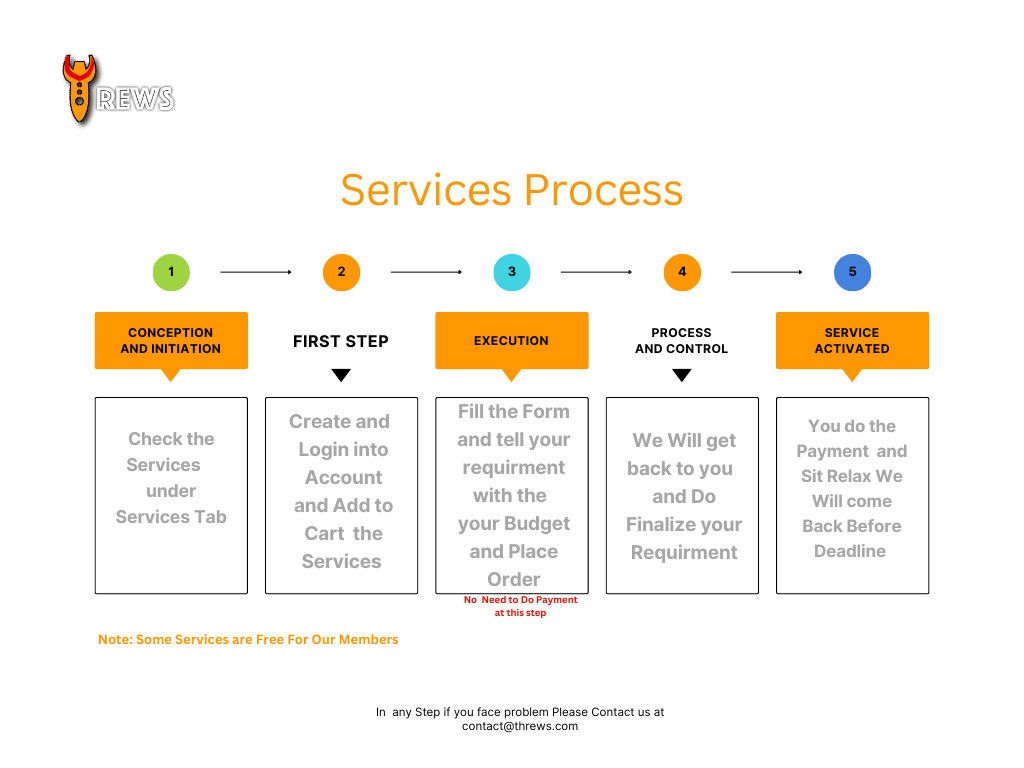Qualitative data is also called categorical data since this data can be grouped according to categories.
For example, think of a student reading a paragraph from a book during one of the class sessions. A teacher who is listening to the reading gives feedback on how the child read that paragraph. If the teacher gives feedback based on fluency, intonation, throw of words, clarity in pronunciation without giving a grade to the child, this is considered as an example of qualitative data.
It’s pretty easy to understand the difference between qualitative and quantitative data. Qualitative data does not include numbers in its definition of traits, whereas quantitative data is all about numbers.
- The cake is orange, blue, and black in color (qualitative).
- Females have brown, black, blonde, and red hair (qualitative).
Quantitative data is any quantifiable information that can be used for mathematical calculation or statistical analysis. This form of data helps in making real-life decisions based on mathematical derivations. Quantitative data is used to answer questions like how many? How often? How much? This data can be validated and verified.
To better understand the concept of qualitative and quantitative data, it’s best to observe examples of particular datasets and how they can be defined. The following are examples of quantitative data.
- There are four cakes and three muffins kept in the basket (quantitative).
- One glass of fizzy drink has 97.5 calories (quantitative).






